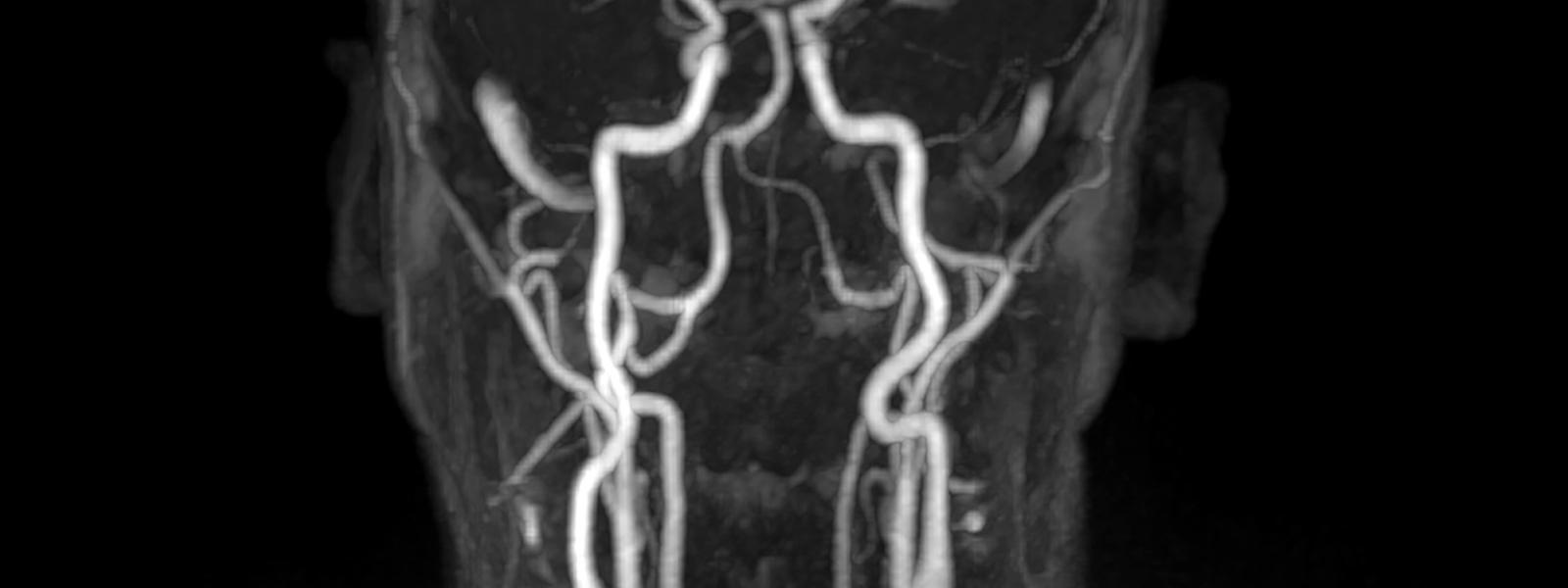When Camilo R. Gomez, MD, joined University of Missouri Health Care three years ago, he had decades of experience performing neurological endovascular interventions in the traditional way — accessing the body via the femoral artery. When he heard other neurologists touting the benefits of a new approach through the radial artery in the wrist, he was skeptical.

"It wasn't anything I was terribly interested in because I had good and lengthy experience of 30-plus years using femoral arteriotomies," Gomez said. "But the truth of the matter is that the world is constantly changing. You can either accept and embrace change, or you can fall behind."
Now, Gomez and his fellow neuro interventional operators at MU Health Care are converts to the radial approach, even in the case of time-critical acute stroke interventions. The main benefits for patients are quicker recovery time and lesser risk of complications.
"If it is an elective procedure in which we use only local anesthesia, the moment we are done, we put a special device to obtain hemostasis in the radial artery, and the patient can literally walk to the bathroom if they want to," Gomez said. "The risk of things like retroperitoneal hematoma — which happens to a small minority of patients, but it does occur — is no longer an issue. There is no doubt that in most cases, the patients like it because it provides them with a much easier experience."
MU Health Care, which performs 700 to 800 neuro interventional procedures each year, began the transition in 2019. The doctors eased into the new technique by using the radial approach only for diagnostic angiograms — a relatively simple procedure that isn't time-sensitive. Unlike the femoral approach, which offers a "straight shot" to the brain, the radial approach requires maneuvering the catheters and wires through a reverse N-shaped path up the arm, down to the aortic arch and up again into the carotid, subclavian or vertebral arteries. They developed a new workflow and found slightly different catheters and wires more suited to the relevant twists and turns.
"Then we started moving into elective treatment of aneurysms, treatment of carotid pathology, vertebral artery stenting, etc., until we moved from A to B," Gomez said. "When you're comfortable with B, you move to C, then to D. At the end of that rainbow was acute stroke intervention. Everything we had learned about the technology and what we could do with the current catheters from the elective interventions, we began to apply to urgent stroke interventions."
The specialists began performing acute stroke interventions through the radial approach in July 2021.
"So far, in our preliminary control analysis, there has been no statistically different delay in the procedure time for acute stroke by approaching the procedure radially," Gomez said. "We are constantly monitoring those data. It is our hope that by the end of this calendar year we will have enough data to publish. As anyone would expect, one concern was, if we are using a new approach, are we delaying a procedure that is time-critical? The fact of the matter is, in looking at our preliminary data, the 'puncture to first pass' intervals are materially comparable between femoral and radial arteriotomies."
The MU Health Care specialists now use the femoral approach for neuro interventions as the exception and not the rule — in people with hostile aortic arch or great vessels anatomy, for example. Otherwise, it is all radial all the time.
"Think about it: It is possible to save a stroke patient's life, and all the patient has to show for it is a little Band-aid on the wrist," Gomez said. "That is simply amazing."
Next Steps and Useful Resources
- Learn more about our stroke center.



